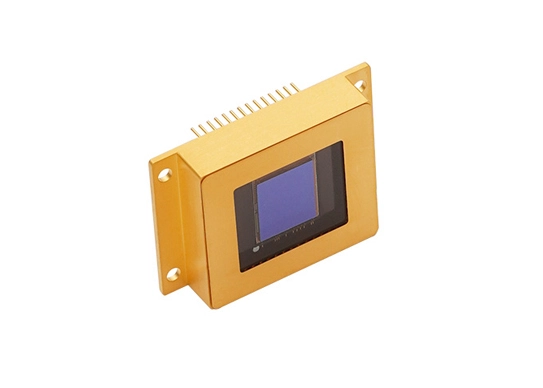Infrared detectors are the core of infrared thermal imaging systems and are widely used in security monitoring, industry, transportation, and medicine. Currently, the mainstream sensitive materials for uncooled infrared focal plane detectors are amorphous silicon (a-Si) and vanadium oxide (VOx). This article will compare the similarities and differences between the two in terms of production processes, types of films, time of technical accumulation, film performance indicators, and device technical indicators.

Microbolometer technology is compatible with CMOS processes and can be monolithically integrated with CMOS readout circuits. It can be mass-produced based on semiconductor manufacturing processes.
The films of both are semiconductor thermosensitive films (infrared thermosensitive films), and the TCR (temperature coefficient of resistance) and resistivity of the films are directly proportional.
In 1978, significant advancements were made in infrared detectors using VOx materials. Amorphous silicon followed about 10 years later. The performance and technology of VOx chips are relatively more mature compared to amorphous silicon.
Under the same resistivity conditions, VOx film TCR is superior to a-Si film. Under the same TCR (temperature coefficient of resistance) conditions, the 1/f noise coefficient of amorphous silicon film is higher than that of vanadium oxide film. Simply put, the imaging effect of VOx infrared detectors is better.
VOx infrared radiation photoconversion efficiency is higher, and the temperature measurement stability is better. The sensitivity of VOx infrared detectors can reach 30mK, while the sensitivity of a-Si infrared detectors is usually around 50mK. The image non-uniformity of VOx infrared detectors is better than that of amorphous silicon detectors. The residual fixed pattern noise of a-Si is more than an order of magnitude higher than that of VOx, resulting in images having a veiling glare, with slightly less clarity compared to vanadium oxide.
Globally, vanadium oxide (VOx) and amorphous silicon (α-Si) are both widely utilized in the infrared market.